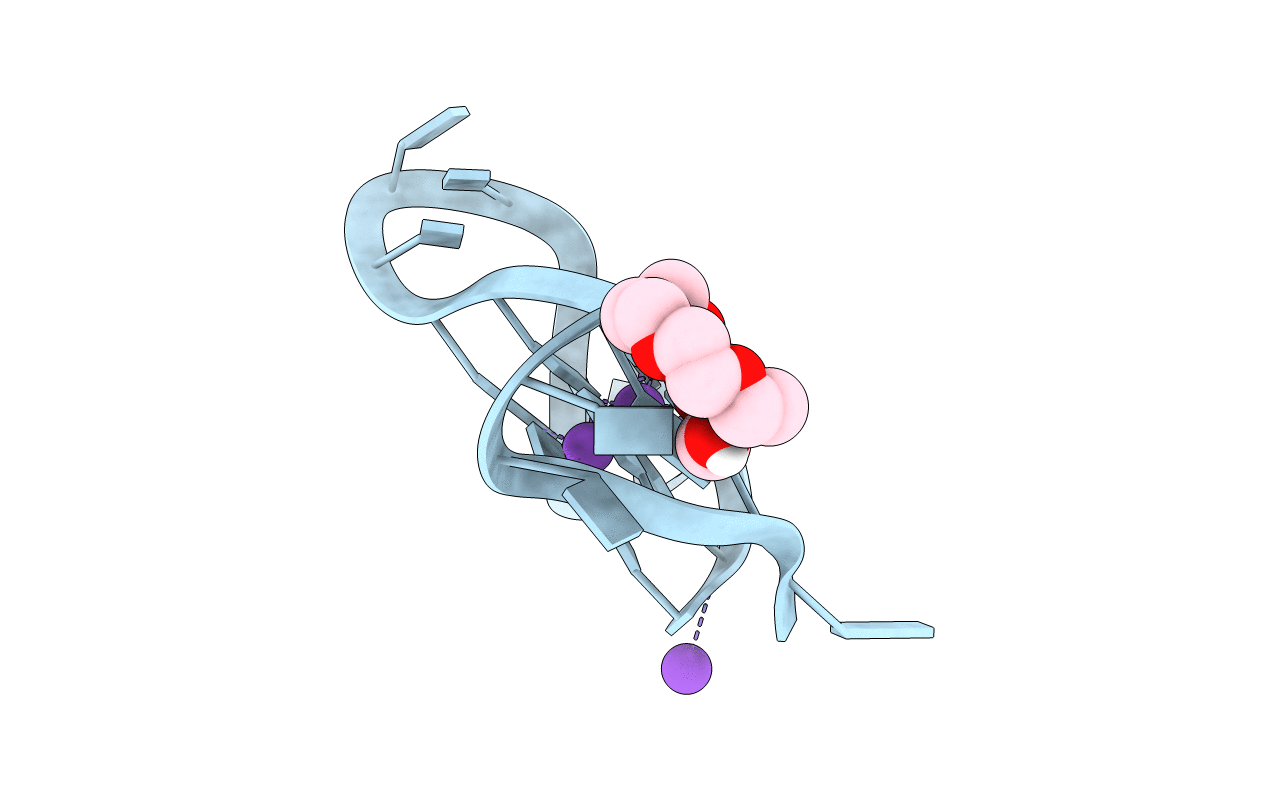
Deposition Date
2020-10-30
Release Date
2020-12-30
Last Version Date
2023-10-25
Entry Detail
PDB ID:
7KLP
Keywords:
Title:
Crystal structure of a three-tetrad, parallel, K+ stabilized human telomeric G-quadruplex
Biological Source:
Source Organism:
Homo sapiens (Taxon ID: 9606)
Method Details:
Experimental Method:
Resolution:
1.35 Å
R-Value Free:
0.17
R-Value Work:
0.14
R-Value Observed:
0.14
Space Group:
P 6


